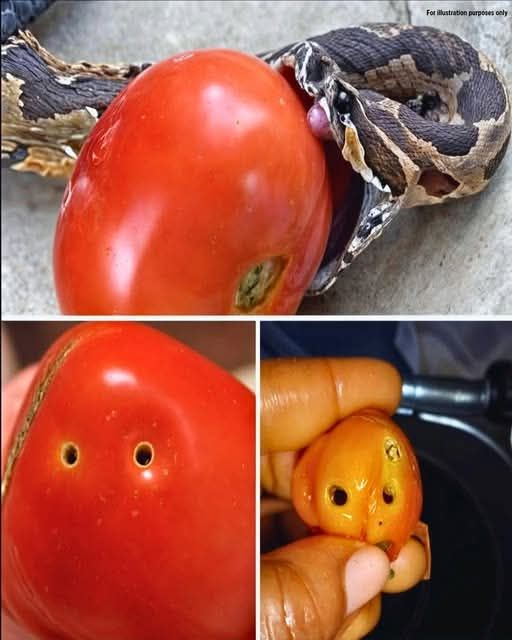That moment when you spot a hole in your tomato – is it a crisis or just a minor setback? Let’s examine what causes these imperfections and how to respond.

Tomato holes typically fall into three categories: pest damage, animal interference, or growth irregularities. Insects like stink bugs create small puncture wounds, while caterpillars make larger excavations. Birds often peck at ripe fruit, and squirrels may take single decisive bites. Some holes aren’t from feeding but result from growth conditions, appearing as deep crevices or scars on the fruit’s surface.

The decision to eat or discard depends on the damage. Small, dry holes with clean edges can usually be cut around, but any signs of decay, mold, or insect activity mean it’s time to compost. Remember that surface holes might indicate more extensive internal damage, so always inspect thoroughly before using.

Prevention strategies can save your harvest. Floating row covers provide excellent protection during vulnerable growth stages. Introducing beneficial insects like ladybugs helps control pest populations naturally. Consistent watering prevents stress-related cracks that attract problems. And harvesting tomatoes as they begin to ripen reduces their exposure to hungry wildlife.

While holey tomatoes might look concerning at first, understanding their causes and solutions puts you back in control of your garden’s health and productivity. With the right approach, you’ll be enjoying perfect, unblemished tomatoes in no time.


